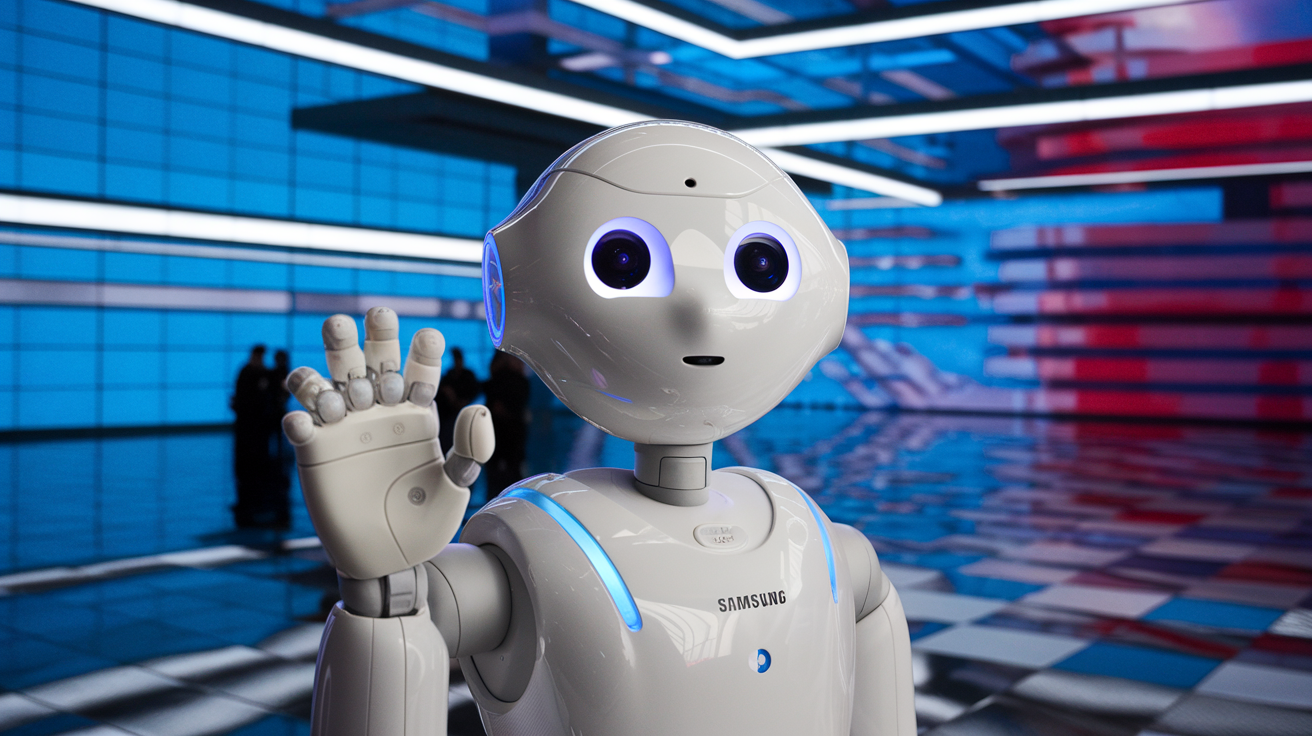

Samsung has officially announced that its much-anticipated Ballie AI robot will be available to consumers sometime this year. Originally showcased at CES several years ago, the bot has evolved from a demo sensation to what the company claims is a consumer-ready product for 2025. While many await its release with anticipation, skepticism persists among industry observers about its functionality and overall readiness.
Ballie first captured attention five years ago at the Consumer Electronics Show (CES). Since then, it has undergone numerous redesigns that Samsung suggests make it more practical for everyday use. During CES 2025, the company presented an updated version of Ballie as part of its First Look event in Las Vegas, highlighting the bot's interactive capabilities.
In live demonstrations, Ballie utilized voice commands and projected interfaces to offer information about local attractions and control smart home devices. Its ability to project onto surfaces and interact via voice and floor buttons reflects advanced process mapping, aligning with Jengu.ai’s commitment to expertise in automation and AI. However, questions remain regarding its real-world performance outside controlled environments.
"Ballie's latest iteration demonstrates potential in AI integration within smart home management, a field ripe for innovation," a spokesperson for Jengu.ai commented.
Pitched as more than just an intelligent gadget, Ballie features a compact portable projector and built-in speakers to display and amplify multimedia content within a home setting. Samsung's recent demonstration showcased Ballie’s AI visuals capabilities, suggesting it can perform tasks like wine pairing recommendations, feeding into a larger narrative of everyday assistive technology.
Despite the reappearance of Ballie at CES, experts and consumers alike maintain a cautious stance. Some observers, privy only to the orchestrated demonstrations, wonder whether the bot's execution will align with expectations set by Samsung. Questions about durability, accessibility options, and functional adaptability remain topics of discussion as Ballie's market debut approaches.
"For all the promises, the leap from a staged showcase to real-world application could be challenging," remarked a Jengu.ai analyst.
Samsung has indicated plans for Ballie’s rollout in the first half of 2025, although precise pricing details have yet to be disclosed. As anticipation builds, the tech community remains curious about whether Ballie will defy associated skepticism and become a staple in modern smart homes. Regarding cost, industry observers speculate on varying price points in relation to the robot’s capabilities.
For Jengu.ai and its followers, Ballie's impending release represents a focal point in the evolving intersection of AI, automation, and user-centric process mapping. As 2025 unfolds, stakeholders in these domains will be watching closely to see how Samsung's latest offering performs amid speculation and technological advancement.
```